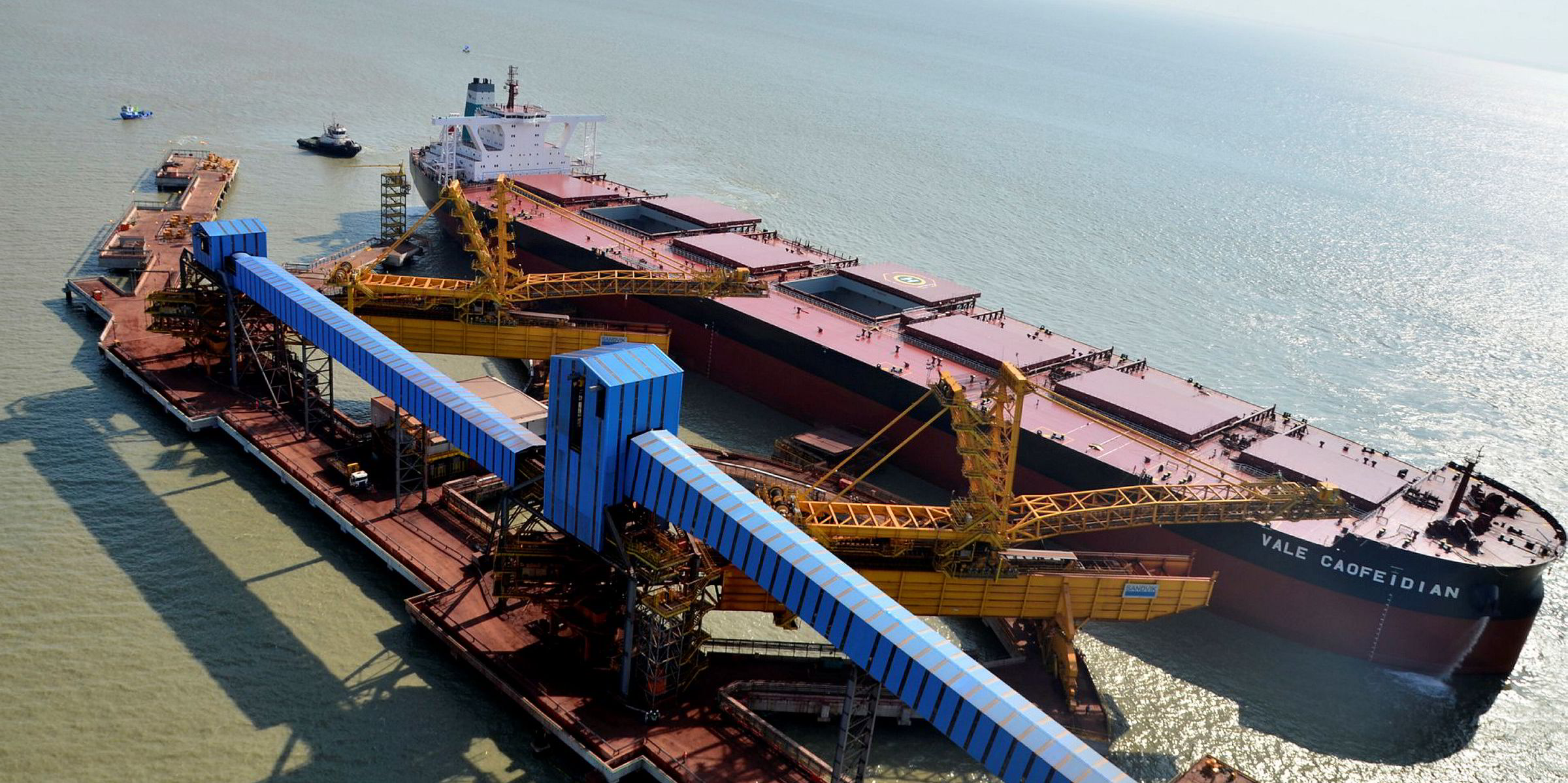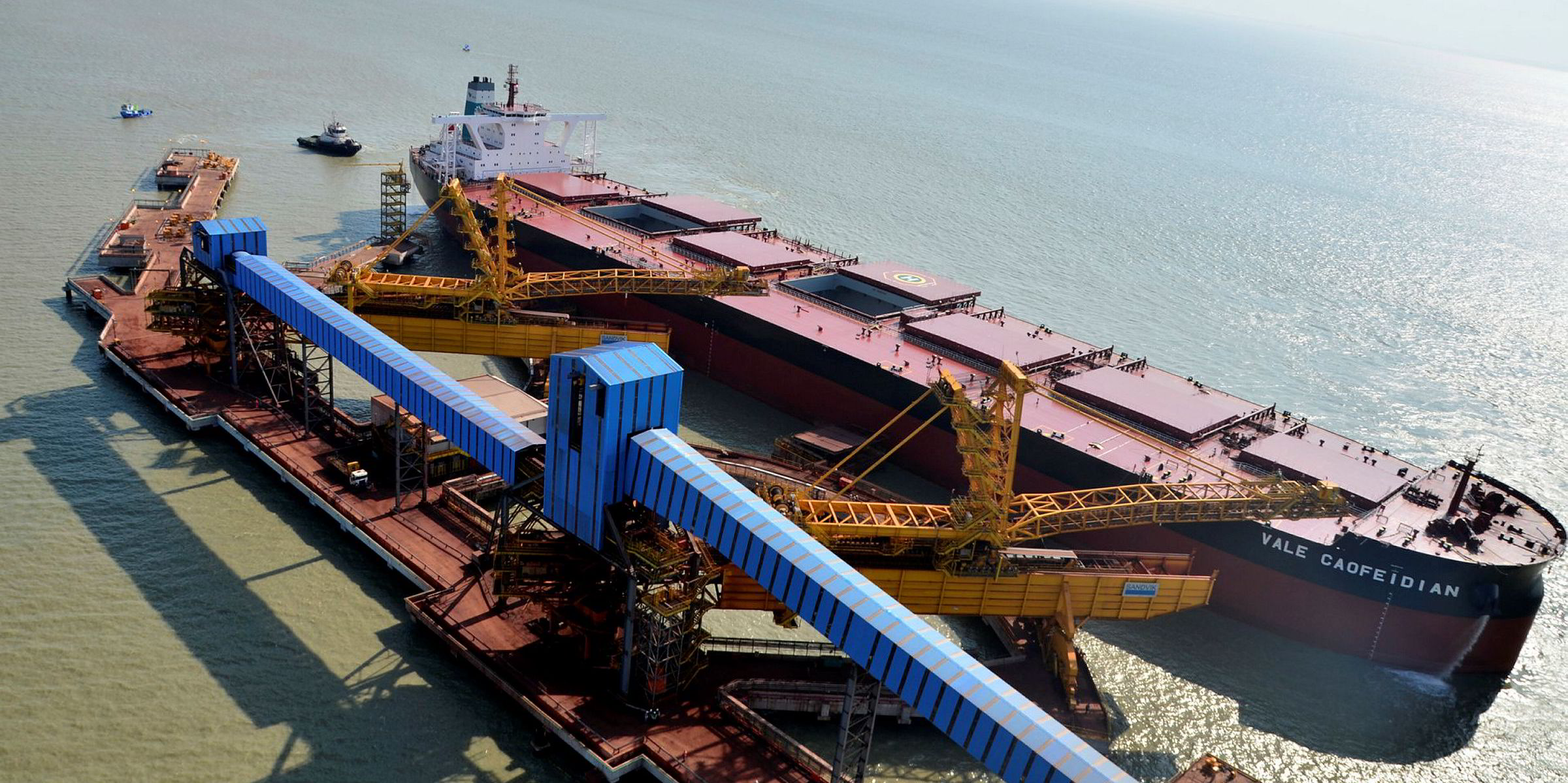Vale's iron ore production will be impacted by at least 50 million tonnes this year and supply could be disrupted until 2024, according to new forecasts.
The miner estimates its 2019 sales volumes will be between 307 million and 332 million tonnes, down from an earlier estimate of 382 million tonnes.
The revised estimate "involves market factors that are beyond the control of Vale and, therefore, can be subject to new changes", according to a press release on Thursday.
Last year, Vale sold just under 365.6 million tonnes.
Long-standing disruption
Vale's supply outages are likely to cause “sizeable disruption” for the global iron ore market that will last for almost five years, according to analysis by the Australian government.
Disruption caused by the Feijao dam collapse is likely to impact Vale's iron ore production by around 25 million tonnes each year from 2020 to 2024, according to a report issued this week by Australia's Department of Industry, Innovation and Science.
"The majority of the impacted supply is high-grade iron ore ... and there is little alternative high-grade supply to make up for the short fall," the department said.
Iron ore inventory at Chinese ports remains high at over 120 million tonnes of mostly lower grade iron ore, following restocking in February ahead of Chinese New Year, according to the report.
"The Vale dam collapse is expected to decrease seaborne supply, and inventories are expected to decline in 2019, as steel makers blend in lower-priced ores to help buffer profit margins," the department stated.
Alternative buyers
Chinese import demand for iron ore is forecast to decline between 2020 and 2024, but it's not all bad news for seaborne trade, the report said, as emerging Asian nations are likely to step into the breach.
Steel production in China is falling due to slowing construction activity and investment in infrastructure, plus increasingly stringent environmental regulations, the report said.
However, demand will find fresh support by 2024 from Asian nations such as India and Vietnam, which have set new targets for domestic steel production.





